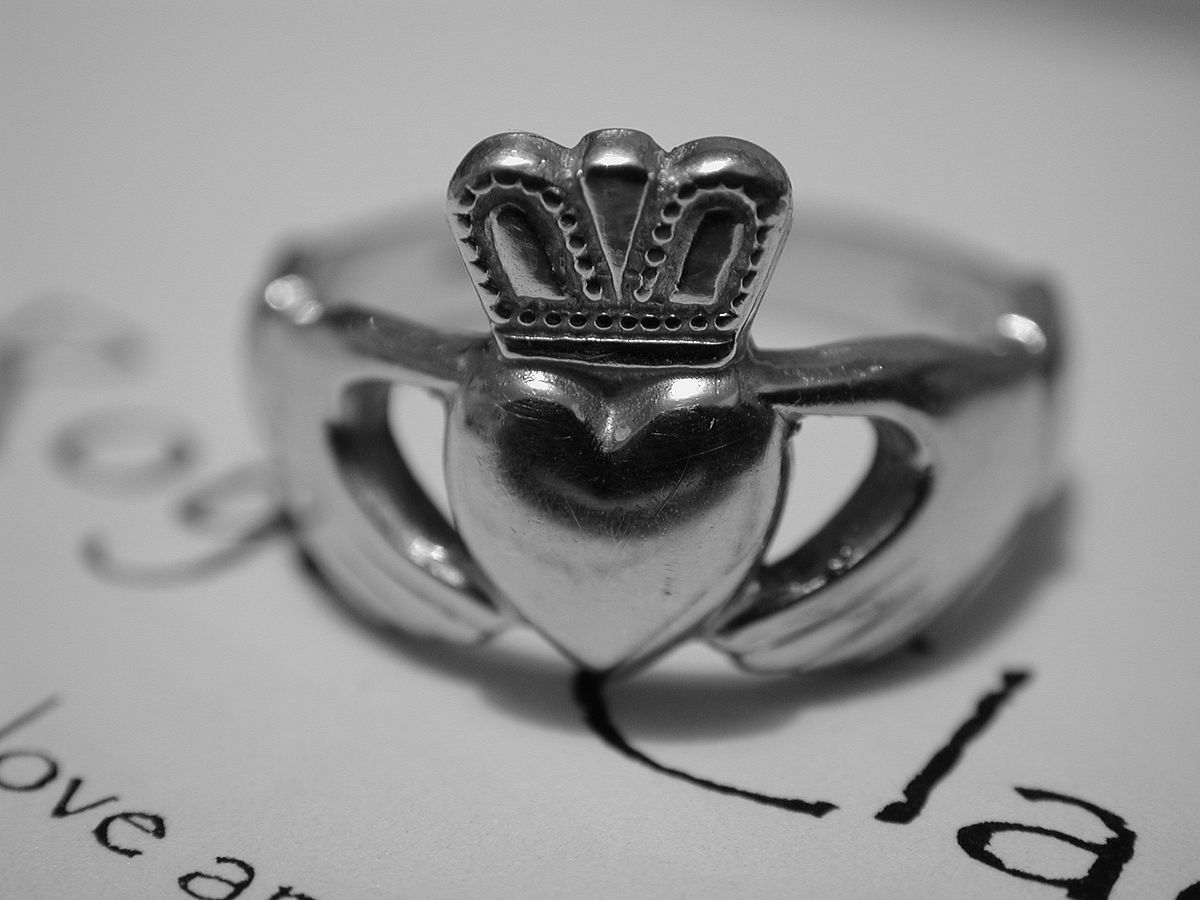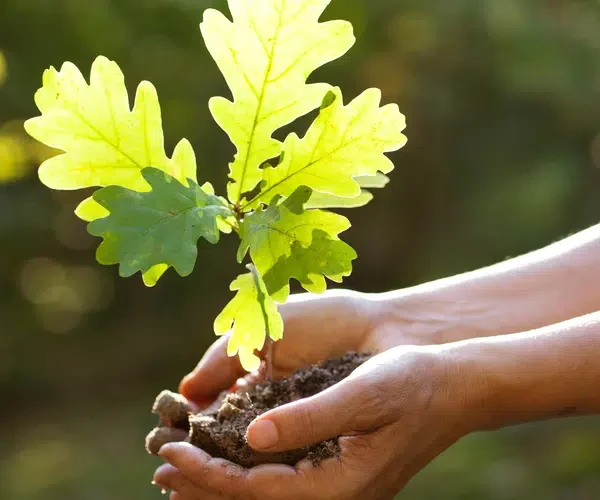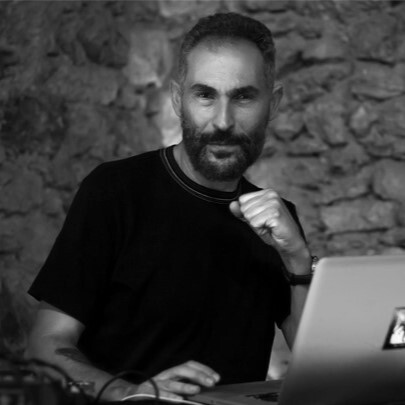
This delightful logo is a representation of the traditional Irish Claddagh ring. There are records of these rings being made continuously since 1700, in Galway, on the west coast of Ireland. The hands, heart and crown pre-date the ring manufacture and the tribal symbol represented the ‘Fisher Kings of Claddagh’, a small village in Galway Bay. The meaning of this symbol is ‘In love and friendship let us reign’. For us too, it is the perfect symbol of the Garúa and all that we wanted to create for you, where the hands symbolise the warm embraces you will all share, letting your hearts beat as one to the tango. The crown symbolises the Craic that we hope will reign over a perfect weekend of embraces and laughter. The original Claddagh ring is generally attributed to one Richard Joyce, of Galway. Joyce departed from Claddagh, a small fishing village situated where the waters of the River Corrib meet Galway Bay. He left Claddagh eventually, enlisted as a crewman on a ship en-route to the plantations of the West Indies. He was due to be married to his love with the money he earned upon his return to Claddagh, but his ship was captured by Mediterranean Algerian pirates and the entire crew were sold as slaves. Richard Joyce was sold to a Moorish goldsmith who trained him in this craft. He soon became a master in his trade and handcrafted a ring for the woman back home that he could not forget. In 1689, he was released, after William III came to the throne of England and concluded an agreement whereby all subjects who were held in captivity by the Moors were to be released from slavery and allowed to return to their homes. The Moorish goldsmith offered Richard his only daughter in marriage and half his wealth if he would remain in Algiers. He declined and returned to Claddagh to find that the woman who held his heart had never married. He gave her the first ring, they were married and he set up a goldsmith shop in the town of Claddagh. (Claddagh is said to be the oldest fishing village in Ireland). The earliest Claddagh rings, traced by museums, bear his mark and the initial letters of his name, RJ (Richard Joyce). The ring has become popular outside Connemara since the middle of the last century. Its spreading popularity helped along by the vast exodus, coming from the West, during the Great Famine in 1847-49. These rings were kept as heirlooms with great pride and passed from mother to daughter. Today, the ring is worn extensively across Ireland, either on the right hand with the heart turned outwards showing that the wearer is “fancy-free” or with the heart turned inwards to denote that he or she is “spoken for”. The pride of place is on the left hand, with the heart turned in, indicating that the wearer is happily married and the love and friendship will last forever, never to be separated. Our idea was expertly crafted by Ian Cox into the wonderful Garúa logo you see on our website and symbolises all that we want for you, our Garúa family.
—
Posted by Anthony. Updated 13 November 2022.
Garúa Milonguero Craicfest 2023


